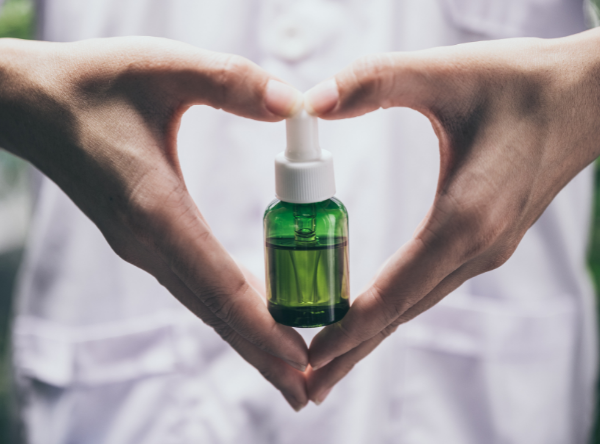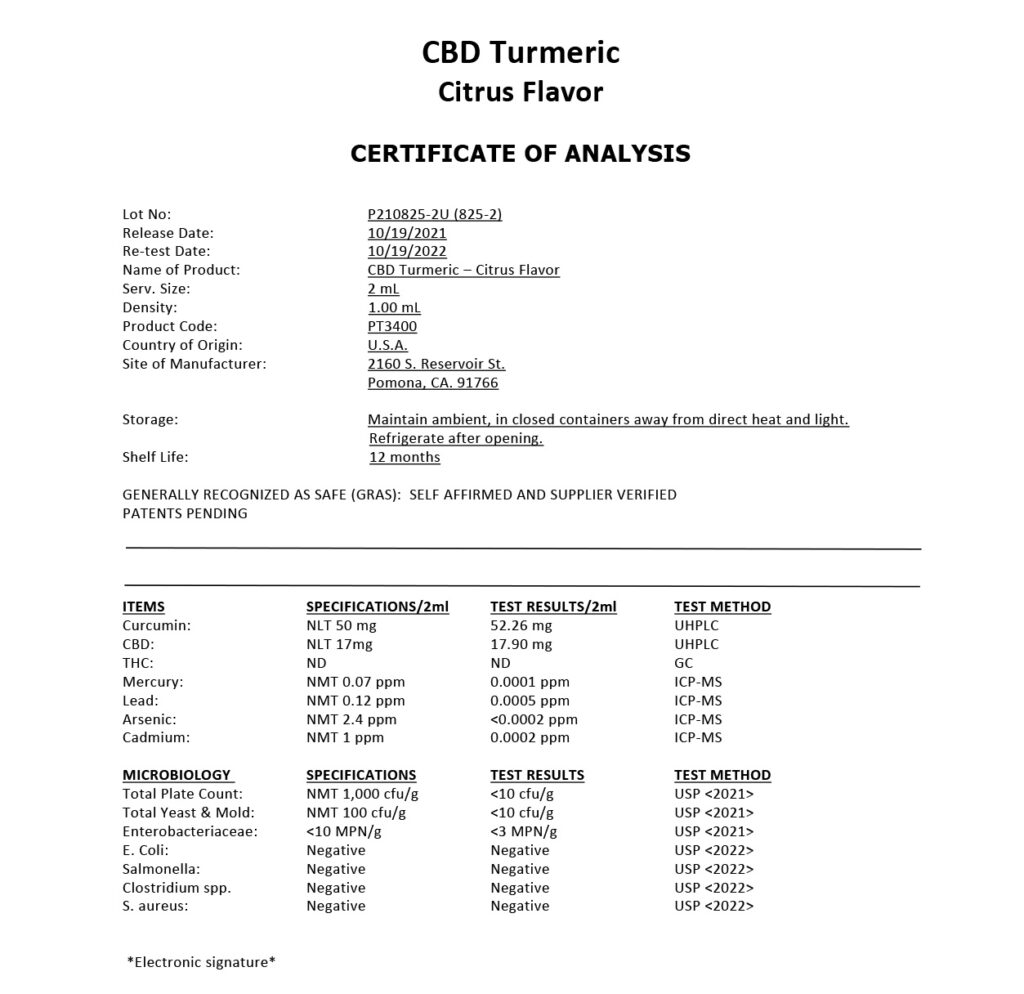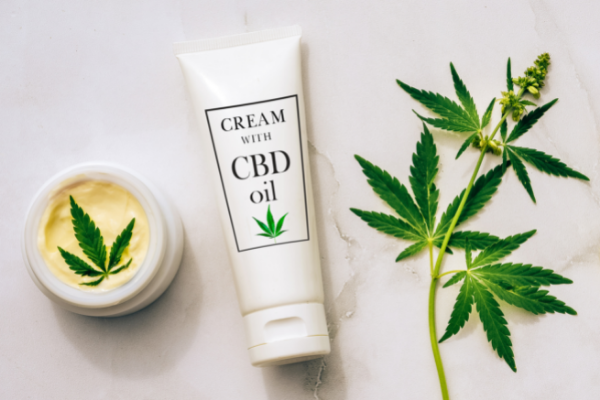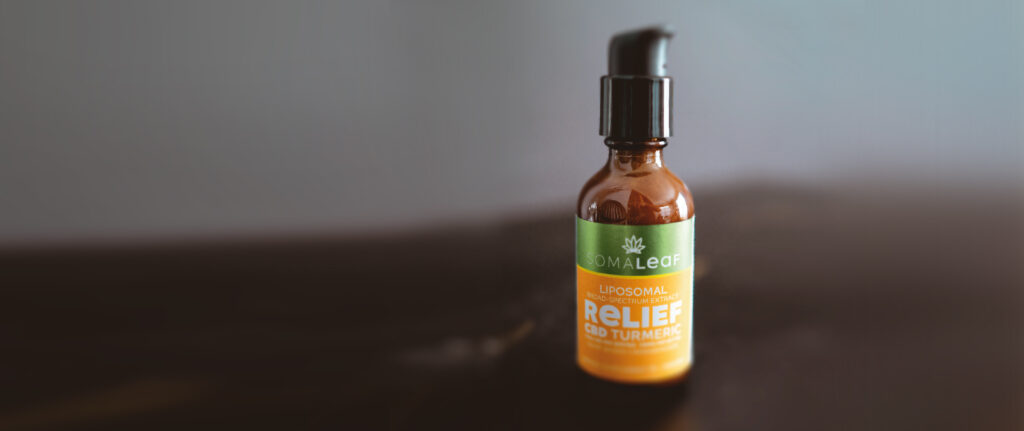In recent years, the popularity of CBD has skyrocketed, giving rise to many different kinds of methods to consuming the substance. As a result, once you decide to try a CBD, you may find yourself overwhelmed with options.

Unlike its cousin THC – a compound also derived from the hemp plant – no matter how you take CBD, it’s non-intoxicating, meaning you won’t “get high” from taking it. Instead, CBD’s popularity rose from its many health benefits.
Studies have shown that CBD may be able to protect the nerves from damage, that it’s a powerful anti-inflammatory, and that it can reduce ailments like anxiety and pain. It’s even become a contender in treating cognitive decline. [1, 2]
In today’s blog, we’ll go over the most common ways to take CBD, along with their pros and cons.
Differences in CBD products
Before we dive into the different methods of consumption, it’s good to be aware of a few things you’re going to come across while shopping CBD products.
Full- or broad-spectrum
Look for CBD products that are either full spectrum or broad spectrum, as these two offer the best range of health benefits. Avoid products that say they’re distillate or isolate. Broad-spectrum CBD products contain most cannabinoids, but generally not THC. Full-spectrum contains all cannabinoids in the cannabis plant, including CBD and THC.
Research has shown that full-spectrum CBD can offer the most health benefits. [3]
Full- and broad-spectrum CBD is also less processed, preserving the formula’s compounds and their efficacy.
Keep in mind that, even when CBD does contain THC, the amounts are very small – not enough to trigger any intoxicating effects. Regulations state that CBD must contain no more than 0.3% THC to be called just CBD.
If a CBD product advertises that they have THC, they have more than 0.3%, and it may not be what you’re looking for.
To read about this in more detail, check out our blog on the subject – CBD Isolate, Broad-Spectrum, And Full Spectrum: What’s The Difference?
Lab tested
Since CBD products aren’t currently regulated by the FDA, it’s important to ensure that the product you’re looking at has a lab test from a third-party. This certification of analysis will allow you to see exactly what’s in the product and that it contains what the company says it does.
For example, here’s SomaLeaf’s certificate of analysis:

Hemp quality
You want to make sure you’re getting CBD from high-quality hemp. Look for U.S.A. grown hemp. Hemp grown in the United States is subject to the 0.3% THC rule we discussed above.
SomaLeaf’s CBD is grown organically – from seed to finished product – beneath the California sun. It is then manufactured and bottled in an FDA certified, GMP compliant lab, also in California. Our product has been third party tested and is heavy metal free / prop 65 compliant, gluten free, and non-GMO. It also contains organic turmeric!
Learn more about this by clicking here.
Best ways to take CBD
Now that we’ve covered the basics of what you’ll want to look for while shopping CBD products, let’s look into the different variations you’ll come across.
Edibles
CBD through edibles is a fun and easy way to consume the compound. You can do this through gummies, sweets, and even mints!
Though easy, there are some downsides. Eating CBD subjects it to something called the “first pass effect”. During this process, CBD is broken down by the liver and digestive tract. As a result, it can take several hours for the CBD to take effect, and you’ll only absorb 20-30% of it. [4, 5]

Topicals
CBD topicals are meant to be applied directly to the skin. These can be lotions, creams, balms, ointments, and transdermal patches. This is a great option for treating specific areas of skin that may be inflamed or in pain.
One study done on rats found that topical CBD greatly reduced joint swelling in the applied area, giving promise to those with joint issues. [6]
However, skin can be hard for these compounds to penetrate. If you do go this route, it’d be best to use a generous amount of a topical product that has a high concentration.
Vaping/Smoking
You can smoke CBD in a joint, use a vaporizer that has CBD oil in a cartridge, or inhale CBD concentrates using a vape pen.
This way, the CBD goes to your bloodstream much faster, and you will likely feel the effects rather quickly. Even then, only about 34-56% of the CBD will be absorbed. [7]
Smoking CBD can expose you to carcinogens, and research is still underway around the lasting effects of vaping. In our opinion, it is probably best to avoid this method.
Oil
This is likely the most simple way to take CBD. Typically in a tincture, or perhaps even a spray, you drop or squirt the CBD oil into your mouth and swallow. Some may advocate to hold the CBD beneath your tongue for a moment, as the CBD may penetrate the thin tissue there and enter the blood.
CBD oil is a great way to get pure, high-quality CBD in a way that doesn’t have any risks like smoking or vaping.
However, because of its poor solubility, CBD taken this way isn’t absorbed very well, with some reports only showing a 13-19% absorption rate. [8]
Liposomal

Liposomes are vesicles with phospholipid bilayers that are natural to your body. They’ve been shown to be extremely effective in delivering everything from vitamins to pharmaceuticals safely to where they need to go within the body. [9]
Here at SomaLeaf, we’ve wrapped the CBD compounds in liposomes, allowing them to survive the acidic environment of the stomach and be delivered right to the intestinal wall where they can be readily absorbed.
This is why people actually feel a difference with SomaLeaf’s CBD – it’s actually getting absorbed!
One study out of Colorado compared liposomal CBD with non-liposomal CBD. They gave the first group of participants your standard orally administered CBD and the second group orally administered liposomal CBD.
After one hour, they measured CBD absorption in the bloodstream. The non-liposomal group only had 6 out of 15 participants showing CBD in the blood, while the entire liposomal group showed CBD in their blood.
On top of that, CBD levels were significantly higher in the liposomal group. The highest concentration of CBD detected at one hour was 5.9 ng/mL in the liposomal CBD group compared to a mere 1.3 ng/mL in the non liposomal group. That’s nearly five times as much! [10]
If you want high-quality CBD that’s also extremely absorbable, you want SomaLeaf’s Liposomal CBD.
Not only does it have liposomal CBD…
But it contains liposomal organic turmeric as well!
>>> Click here to see why that supercharges CBD’s benefits

References and resources:
- https://pubmed.ncbi.nlm.nih.gov/26845349/
- https://pubmed.ncbi.nlm.nih.gov/28217094/
- https://bpspubs.onlinelibrary.wiley.com/doi/full/10.1111/j.1476-5381.2011.01238.x
- https://www.ncbi.nlm.nih.gov/pmc/articles/PMC6222489/
- https://www.ncbi.nlm.nih.gov/pmc/articles/PMC6222489/
- https://onlinelibrary.wiley.com/doi/10.1002/ejp.818
- https://www.tandfonline.com/doi/full/10.3109/03639041003657295
- https://www.ncbi.nlm.nih.gov/pmc/articles/PMC6275223/
- https://www.ncbi.nlm.nih.gov/pmc/articles/PMC3599573/
- https://ajendomed.com/journal/liposomal-cannabidiol-delivery-a-pilot-study/





